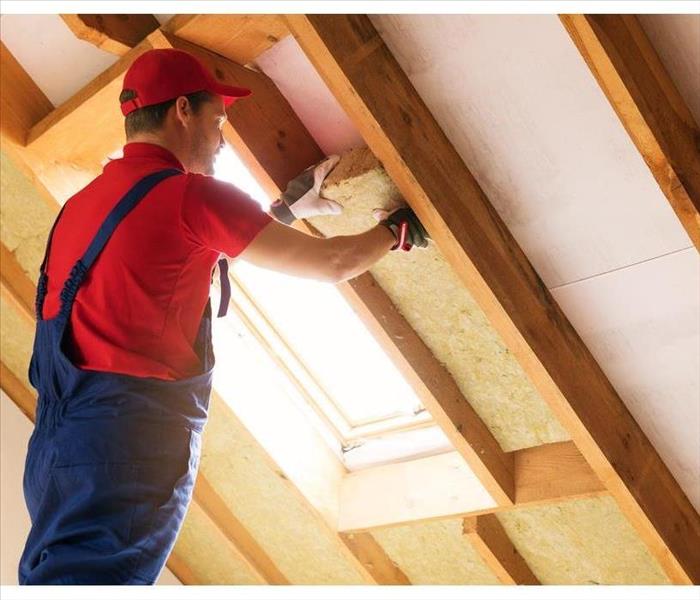3 Things You Should Know About Ice Dams
3/13/2022 (Permalink)
Ice Dams: Three Things You Should Know
One risk factor to observe during the winter is an ice dam. This temporary structure usually forms on the edge of your business's roof. While the icicles may give the Estero Island, FL, building a pleasant look, it can also create a variety of issues, including the emergence of black mold. Learn more about dams and act before they harm your establishment.
1. Common Causes
Ice dams occur when the heat on the rooftop is distributed unevenly. Usually, this means the snow on the top part will melt to the edges where the gutters are. However, the meltwater will freeze in those areas instead of flowing away from the building. The frozen water creates a dam that also blocks melting roof snow. With no drain system available, the water enters the building through shingles or any present cracks.
2. Effects on Business
Even though the ice dam seems distant from your business, it can affect it when left untreated. The roof water can spill on the walls, floor and other property inside, damaging it in the process. The combined humidity, present nutrients and high temperature create a perfect environment for mold growth. The problem increases if the water seeps into out-of-sight areas like between the walls. Since this mold is hard to notice and clean, it will instead develop and spread throughout the area.
3. Resolution and Prevention
Once you see the fungus, call your insurance company and a commercial mold cleanup crew. Also, bring in roof specialists to remove the dam from the affected area and repair the roof as needed. Preventative actions stop the damage before it even starts. Find and seal any areas in the roof and ceiling where heat escapes to keep the roof consistently cold. Additionally, install or reinforce insulation to keep the heat inside the building.
An ice dam can cause heavy water damage and mold growth if it is not treated immediately. Contact the right specialists to eliminate the damage and keep the roof's temperature even to prevent any more dams.






 24/7 Emergency Service
24/7 Emergency Service
